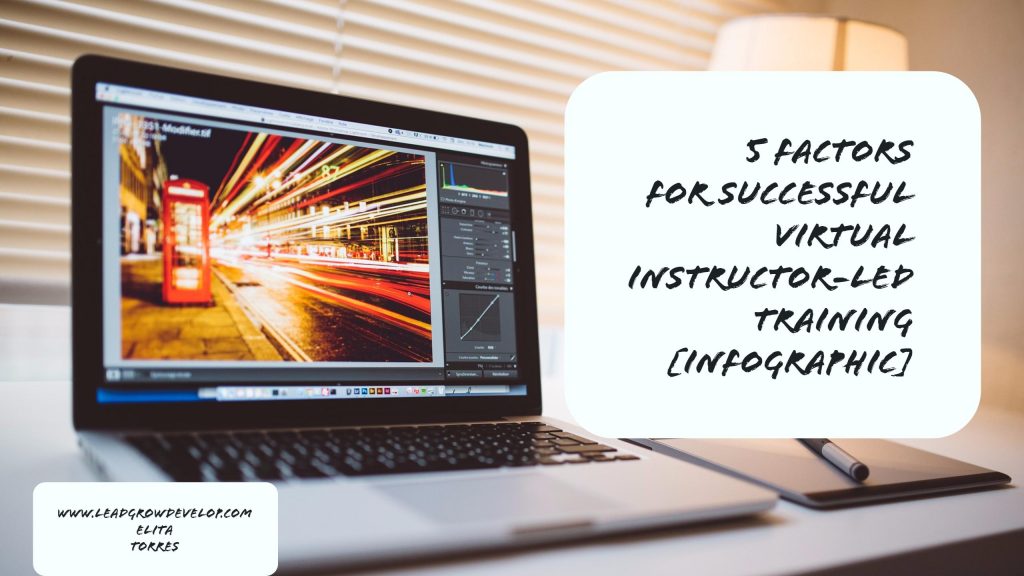Video has become one of the preferred ways to get information. Websites such as Udemy are offering online courses where participants can get education on a variety of topics at their convenience. How can companies leverage the power of video training for more complex topics where one on one instruction is needed and one-way communication is not enough?
Often, participants need more than just watching a video to absorb the material. Nothing beats interactive learning where questions can be asked and answered on a timely basis.
The solution? Virtual training.
Virtual led training is a virtual workshop allowing for an interactive learning experience with participants and instructors in separate locations. The ability to train a large group without actually being in the same room or country is a huge advantage. Not to mention the huge advantage in cost cutting, avoiding instructors having to travel in order to conduct the training.
Like any other training program, Virtual events require good planning and execution. Since the participants are not in the same room, it can become easy to get distracted. Often the rate of learning and absorption of the material is dependent on the structure of the Virtual-Lead Training itself.
This Infographic shares 5 Factors needed for Successful Virtual Instructor-Led Training
- Create an Equal Environment
- Pay attention to both classroom and remote students equally
- Enable remote students to launch and run programs without interruption
- Allow all students to share content and ideas equally
- Encourage remote students to interact with fellow, onsite students via chat features, video, and private messaging
- Seek support of an experienced moderator to oversee and trouble-shoot problems so instructor and students can remain focused on training
- Prep the Content
- Ensure instructor content is suitable for both ILT and virtual delivery
- Ensure class activities include collaboration between remote and onsite students
- Augment the virtual learning experience with games and other engagement tools
- Promote retention by ensuring learning modules are short with frequent “brain breaks”
- Prep the Instructor
- Instructor should be comfortable operating virtual training equipment
- Choose activities that translate well to a virtual instructor-led environment
- Keep physical movement to a minimum and interact with both physical and virtual audiences equally
- Ensure all students’ equipment is functioning properly before the start of class
- Prep the Student
- Create a pre-flight checklist to ensure systems are functioning and students know how to operate interface
- Provide students with tips on effective room environments for virtual training
- Advise virtual students to sit in environments free of harsh lighting
- Encourage active learning by setting expectations for participation
- Ensure students know how to alert you or a moderator of a problem with equipment or if they need to step away from class
- Support the Event
- Ensure students pre-test virtual system prior to the start of class
- Ensure students have proper equipment (headsets, microphone, etc.)
- Employ dual monitors to keep an eye on potential problems
- Record the event and watch it to improve future sessions
- Provide a post-analysis training report
The following Infographic was created by MicroTek, “The Leader in Training Room Rental and Delivery Services”. Since 1991, MicroTek has been an industry-leading, single-source provider of business training and meeting rooms, virtual training platforms and instructor sourcing services.
Have you recently participated in a virtual instructor-led training? If so, how was your overall experience?

